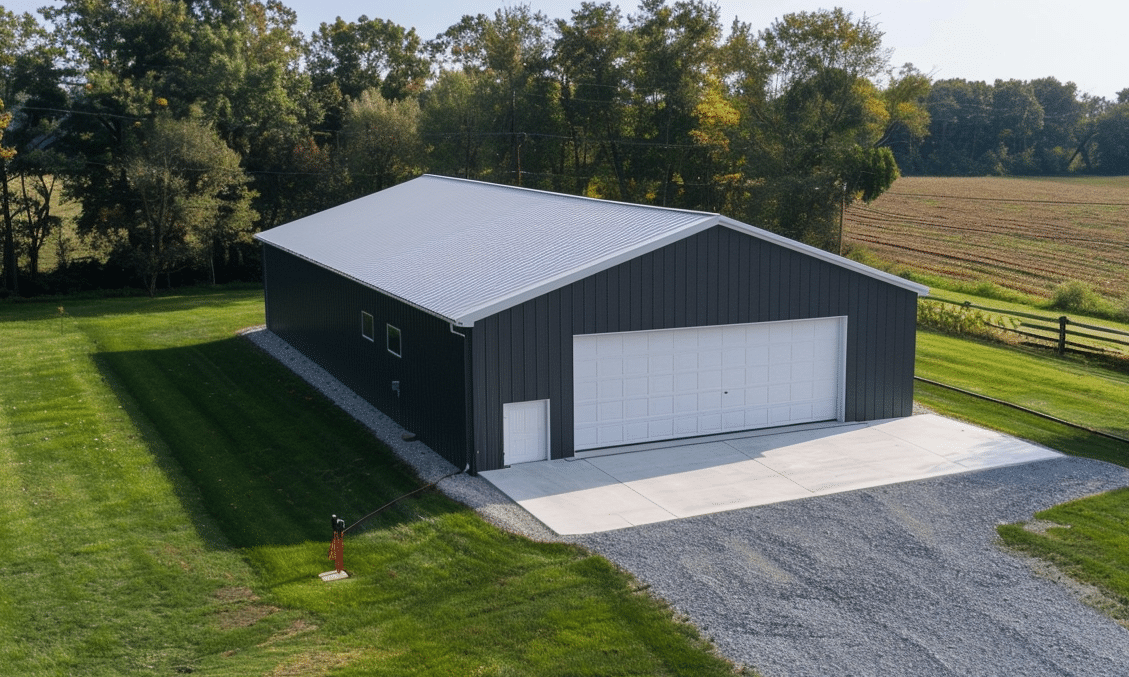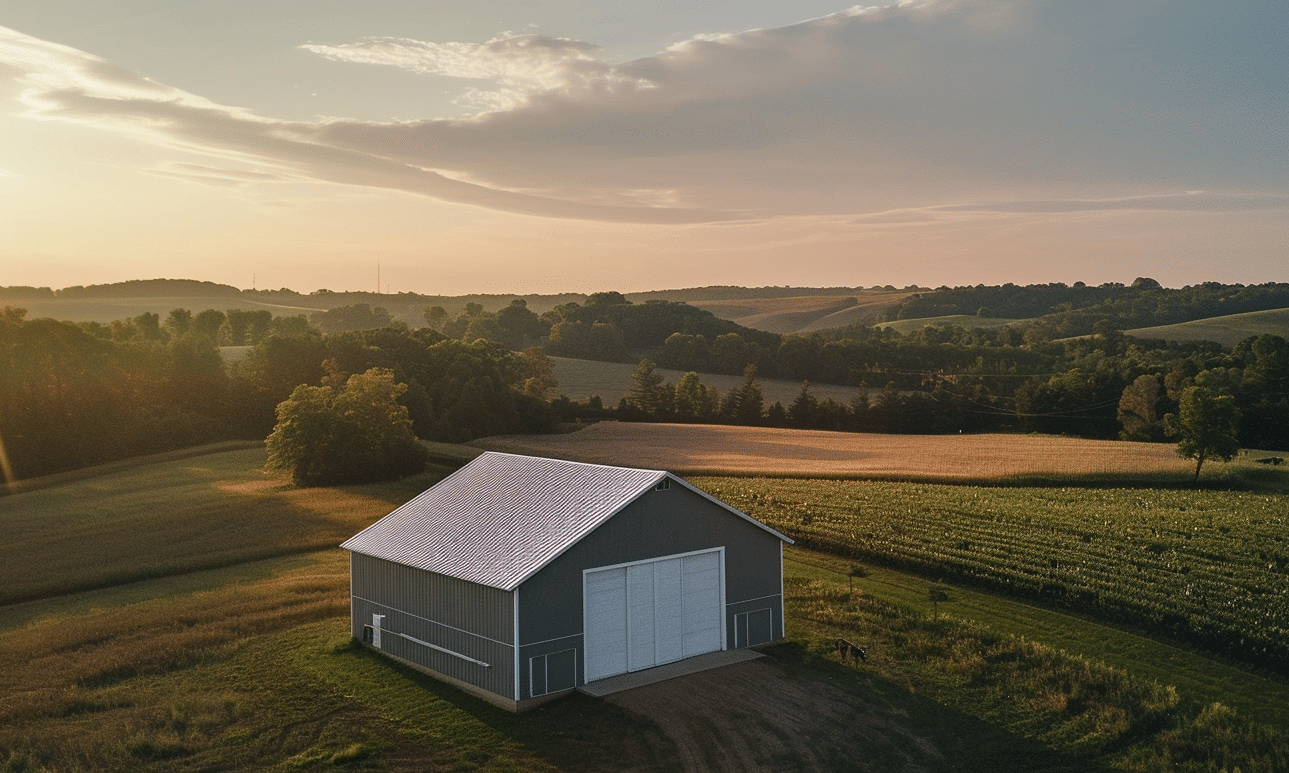Sustainable architecture is no longer a futuristic concept reserved for eco-visionaries; it is here, taking root in communities worldwide as designers and builders shift towards creating a more equitable, environmentally-friendly future. As climate challenges converge with growing urbanization, it is imperative to consider how our buildings impact the planet and future generations. But what if the bricks and mortar of tomorrow are greener than ever imagined?
As we embark on this exploration of sustainable architecture, let’s delve into how the architectural community is paving paths towards environmental stewardship and effective resource utilization, ensuring that ‘green’ never just becomes a pleasant afterthought.
Embracing Change: The Birth of Sustainable Architecture
Sustainable architecture, a term interwoven with innovation and eco-consciousness, is transforming how architects and developers approach the built environment. But what exactly does it mean to design a building sustainably? At its core, sustainable architecture involves creating structures that minimize environmental impact and prioritize resource efficiency throughout a building’s life cycle, from conception to demolition.
In today’s context, sustainability encompasses not only energy efficiency but also the materials used, the ecological footprint created, and the adaptability of structures. The emphasis is on creating buildings that coexist harmoniously with their environment and actively contribute to reducing the carbon footprint.
As the world pivots towards renewable energy sources and sustainable building practices, the architectural realm is tapping into innovations like sustainability in Steel Building, integrating materials that are both resilient and sustainable.
The Interplay between Steel Buildings and Sustainability
Steel buildings are becoming a cornerstone of sustainable architecture due to their durability, recyclability, and reduced carbon impact. Consider, for instance, the myriad advantages of a 50×60 steel building kit. These kits offer prefabricated structures that can be adapted with ease to serve various needs, from residential to commercial uses. Not only do they use fewer resources during construction, but their inherent strength ensures longevity and less need for frequent renovations or replacements.
The efficient construction processes associated with steel buildings notably reduce waste and lower the energy consumption required compared to traditional building methods. This method of conserving resources directly correlates with decreased greenhouse gas emissions. Beyond the environmental benefits, the economic gains through cost savings and increased structural value make steel an irresistible choice for many developers and business owners.
The Role of Certification in Encouraging Green Practices
Certifications act as a consumer’s compass, guiding property owners and builders in the direction of environmentally responsible choices. Enter the world of green building certifications, which serve as authoritative endorsements of a building’s sustainability credentials. Certifications ensure adherence to stringent environmental standards and reward structures that excel in areas such as energy use, water optimization, and material selection.
The Canada Green Building Council – Sustainable Architecture further enhances these efforts by providing a platform that facilitates the sharing of innovative practices and research within the sustainable building sector. Through these efforts, green buildings are not only possible but are also setting the stage for mainstream acceptance.
Case Study: Unveiling British Columbia’s Steel Architecture Revolution
Explore the burgeoning landscape of British Columbia, where sustainable architecture is less about trends and more about daily practice. British Columbia has emerged as a hub for sustainable architecture, with a spotlight on steel garage kits that combine form with function.

The above images showcase the ingenious integration of metal kits designed for resilience against the province’s harsh climate while adhering to environmental mandates. These structures are tailored for energy efficiency, utilizing features like passive solar heating and superior insulation to reduce heating requirements during Canada’s chilly months.
With such innovative applications, architects in the region are redefining how architecture can merge with sustainability to produce practical, future-focused solutions. As a result, the ripple effect extends throughout the industry, encouraging similar designs globally.
Challenges and Opportunities in Designing for Tomorrow
In the quest to design buildings that align with the ethos of sustainable architecture, architects confront various challenges. Among them are tighter regulations, financing hurdles, and the technical complexities of integrating cutting-edge technologies within conventional frameworks. However, the wave of enthusiasm towards our sustainable future also reveals opportunities for growth.
One promising pathway lies in the continuous improvement of building technologies, which promises even greater simplicity and affordability for eco-friendly construction projects. Developers are encouraged to experiment with hybrid designs that incorporate renewable energy technologies and smart building practices.
Moreover, community involvement is imperative in shaping sustainable projects, urging collaboration between government entities, private companies, and residents to work towards shared environmental goals.
Imprinting a Sustainable Legacy
Sustainable architecture is redefining our physical spaces, championing a low-impact future that aligns harmoniously with the planet’s ecology. As we venture forward, the lessons learned and strides made in designing sustainable structures will shape the centuries ahead.
But the journey doesn’t have to end here. Buildings that adhere to the principles of sustainable design demonstrate that environmentally-responsible living isn’t just feasible—it’s vital. Together, we can support the wave of sustainable architecture, ensuring our collective footprint leaves a legacy of hope and rejuvenation.
What does your footprint say about you? As you ponder that, remember that it is never too late to kickstart your journey on this eco-path. Whether opting for a prefab steel kit or ascribing to the latest certification standards, each step taken toward sustainable choices echoes an affirmation toward a brighter, cleaner future for all.
Let’s build the tomorrow we’re proud of—starting today.










